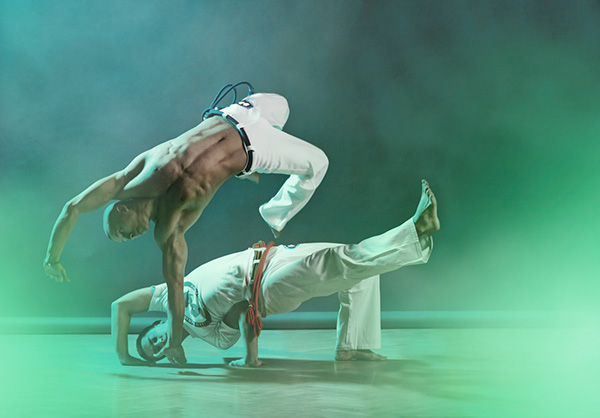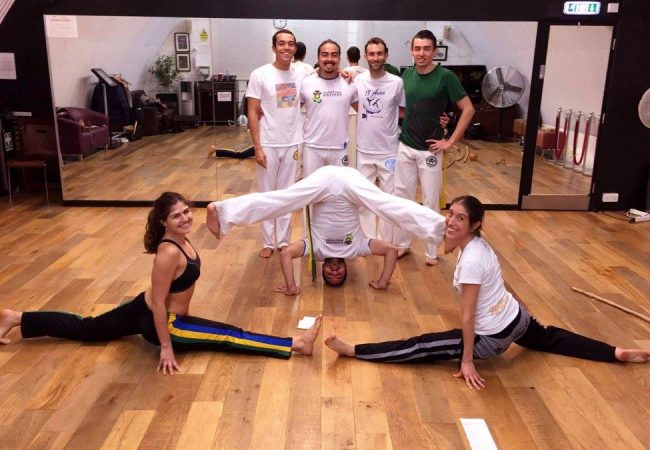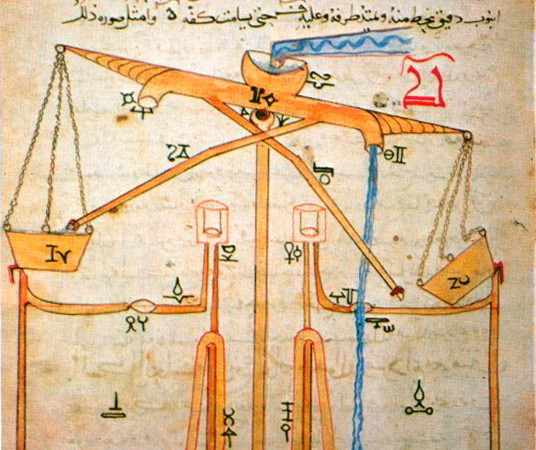How can you survive artificial intelligence / automation / the internet of things? Learn how to turn your product into a service.

How martial arts can help you increase creativity
When I first swayed to the right in an esquiva lateral while a slow kick passed over my head, my first thought was not anything to do with Capoeira, the Brazilian martial art I practice, but of tea: Chado, the Japanese Way of Tea.
Chado is a traditional method of making tea that doubles as meditation. You focus solely and completely on making the tea, concentrating fully on each singular step. It is the simple act of boiling water, making tea, offering to others, and drinking it yourself. With your guest you achieve the four principles of the Japanese Tea Ceremony: harmony, respect, purity and tranquility.
Tea is nothing other than this:
heat the water, prepare the tea, and drink it with propriety
– Soshitsu Sen, Urasenke Grand Tea Master XV
The link I found between Capoeira and Chado was one of many that made me realise how martial arts can increase creativity. The movements, philosophy and tradition one must learn as a capoeirista manifested themselves in my creative work. I began to dream of a jôgo de capoeira (a game of capoeira) as a fashion film, the music of the berimbau (a stringed-bow instrument played during capoeira) in my writing, its historical motives in wearable tech.
As Aaron Anderson, a US military serviceman-turned film scholar, wrote in an essay published in 1998,
‘…bodily memory itself allows a certain type of communication to take place, and this communication itself may involve aesthetic concepts inexpressible through other medium.’
Martial arts helps connect distant parts of the brain: vision, movement, spatial awareness, memory and creative thinking. Within the roda of capoeira (a circle formed by the people surrounding the action of capoeira) one must be cunning, strategic and effective.

Photographs: Ben Leitner
About Capoeira
Capoeira combines fighting with dancing and music. It comes from Bahia, the eastern coast of Brazil. When the Portuguese arrived in Brazil for the first time in April 1500 they brought slaves from Africa – 4 million in total. Under an intensely repressive regime, these slaves practiced and developed their customs such as Nubian wrestling which may have led to capoeira.
It became a modern sport through Manoel dos Reis Machado, known as Mestre Bimba who opened the first official school of capoeira and campaigned for its moves to be defined and cleaned-up away from the messy natural style of that being played on the streets.
‘The advent of Mestre Bimba in the earlier thirties and the diffusion of his work marks the beginning of modern-day Capoeira. In addition to becoming accepted as a social activity, a challenging game, and a national sport, Capoeira also developed as a means of self-development and an expression of freedom for anyone dealing with his or her own self and social constraints…’
So wrote Bira Almeida, Mestre Acordeon, a student of Mestre Bimba’s in Capoeira, A Brazilian Art Form: History, Philosophy and Practice. Describing its wider practicalities of implementation:
‘For me, Capoeria is the bread of everyday, a question of infinite possibilities and a spring of crystalline water to quench my thirst for knowledge. It is simultaneously physical and mental health, a strategy to face the contradictions of the world, and a way of living that has given me a better perspective on the game of life.’


Martial arts can lead to a heightened sense of awareness in the same way as long meditation and focused thought. Michael Betancourt wrote in The History of Motion Graphics of how the pioneers of colour film wanted to capture the ‘colour of sound’ seen within the effect of synesthesia, a phenomenon Mestre Acordeon describes he experiences through the music of Capoeira,
‘Many times I would spend hours playing the berimbau alone, letting myself travel deep inside my soul, discovering different shapes of my spirit, my weakness, my strength, the consciousness of being alive and in tune with the universe. Carried by those magic moments I would keep playing Capoeira through the dark of the night on the soft sand of Bahia’s beaches. Soon I was not able to hear the berimbau anymore; I began to feel the sound everywhere, reflecting on the water, on the clouds, on the edge of the earth, resonating inside my body, vibrating in each portion of me. In those moments I felt the full dimension of the Capoeria music, the colour of its sound.’



Frances Hodgson Burnett wrote, ‘Perhaps there is a language not made of words and everything in the world understands it.’ I believe this language is music and movement. Martial arts such as Capoeira help you practice this language and thus increase your creativity. It connects every part of your brain and adds depth of meaning and understanding to your work.
Read Capoeira: A Brazilian Art for a nice introduction but it must be experienced in person. Compliment it with reading of illustrated quotes and sayings and seeing through the eyes of David Lynch in this re-make of a music video.
This article first appeared on Screams, the creative design blog I wrote.
Next Post: What’s wrong with doing things for fun?
Previous Post: What you don’t know about Pareto’s 80/20 principle



